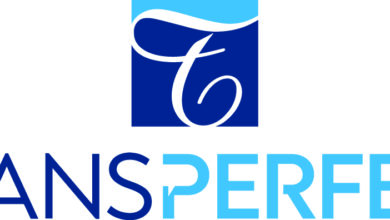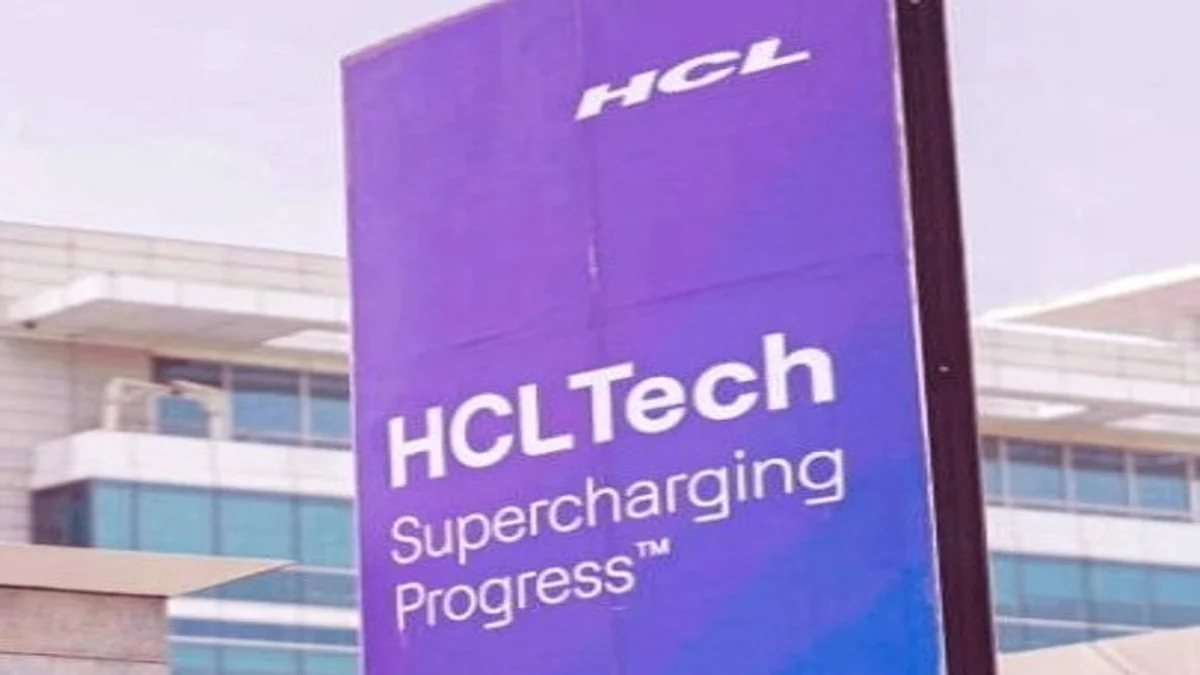Education Needs Subject-Specific AI Tools

(TNS) — Since the public release of generative AI platforms such as ChatGPT, Gemini, and countless other models less than a year ago, debate has swirled among educators about their potential to transform learning and upend traditional teaching norms.
Not unexpectedly, GenAI’s ability to freely and instantly create information, generate ideas, and boost knowledge — 24/7 — has captured the imagination of students worldwide. A recent study shows that almost half (49 percent) of college students are using general purpose GenAI writing tools such as ChatGPT.
However, despite students increasingly turning to these GenAI tools, they remain apprehensive when it comes to using them for learning. A recent global student survey shows that only 4 percent of U.S. students said they turn to GenAI first when stuck on a concept or assignment. One reason lies in the lack of trust students have in the accuracy of the information provided by such tools and the large language models (LLMs) they use. Worryingly, the global student survey also shows that of the 40 percent of undergraduate students worldwide who have used GenAI for their studies, 47 percent are concerned about receiving inaccurate or incorrect information.
THE NEED FOR SUBJECT-SPECIFIC TECHNOLOGY
The education environment demands a more focused approach to AI. The top priority should be to create new subject-specific LLMs trained on educational content and large data sets of actual student interactions. These are then fine-tuned by human subject matter experts and run through exhaustive scoring from students themselves to ensure the answer quality is accurate, tailored, empathetic, and contextually relevant. This correlates with student demand, as 59 percent of U.S. students say they would like to see GenAI tools involve human expertise in generating answers.
In this way, AI can be verticalized for education, delivering what students expect and deserve: a level of accuracy and personalization that helps them achieve subject mastery across different formats. This challenge is particularly acute in STEM and quantitative business subjects such as finance, accounting, and economics. In these fields, the text-generative strengths of LLMs are less useful, since there is less room for multiple interpretations and personal viewpoints.
Real student learning journeys are always unique. Hence, education-focused GenAI tools should also look to offer authentic two-way conversations that challenge students with tailored quizzes and recommendations to test their understanding, drilling down into concepts to fill their personal knowledge gaps.
Integrating “prompt engineering” is another way to enhance explanations with context. It guides students to ask more pertinent questions from the outset. In mathematics, for instance, simply providing an answer without the underlying foundational principles has little value.
INDIVIDUALIZED LEARNING LEADS TO INDEPENDENT LEARNING
AI also has the potential to use learning analytics to show each student how they are learning. It can inform them if they are learning at optimal times in the day, whether they need to do more practice rather than reading, or if they need to build learning resilience to push forward and understand difficult concepts. It also holds the possibility of letting students know which medium works best for them, e.g., text, audio, or video.
The goal should be to migrate students from receiving help and guidance to independent, self-regulated learning, infused with a gradual release of responsibility so that each student can master the art of learning. The holy grail, of course, is a personalized learning experience that resonates with each student’s individual abilities, interests, and long-term objectives.
The need for this type of support has never been greater. In 2021, 62 percent of 18 to 24-year-olds were not enrolled in college. And of those who do enroll, 33 percent never graduate. Today’s students are also under enormous pressure; in 2018, 43 percent of full-time students and 81 percent of part-time students work while studying, while 22 percent of all undergraduates are also parents — which may explain why 7 percent of all students use online resources once a week or more to assist with their learning.
BOOST COLLEGE ENROLLMENT AND GRADUATION
There is a clear imperative for learning support systems beyond the lecture hall that respond to the specific need and situation of each student. If AI can help deliver this, we will have a tremendous opportunity to improve enrollment and graduation rates, thereby positively impacting the economy and wider society. One study showed that boosting college graduation rates to 84 percent for just one class entering two- or four-year college, would increase half a million people’s earnings by $19,034 a year and boost local, state and federal tax revenues by more than $90 billion over their lifetime.
It’s time to verticalize AI development by creating LLMs that are trained, tested, and calibrated using high-quality, sector-specific data. If schools and universities can work in partnership with educational AI developers to deliver such systems, then we will bring the quality of such LLMs to a new and vastly higher level. When that happens, we will be able to build an education ecosystem that is fairer, more cost-effective, and more supportive of learners tasked to solve the problems of tomorrow.
Nathan Schultz is the COO and incoming CEO of Chegg, Inc.
Fast Company © 2024 Mansueto Ventures, LLC. Distributed by Tribune Content Agency, LLC.



